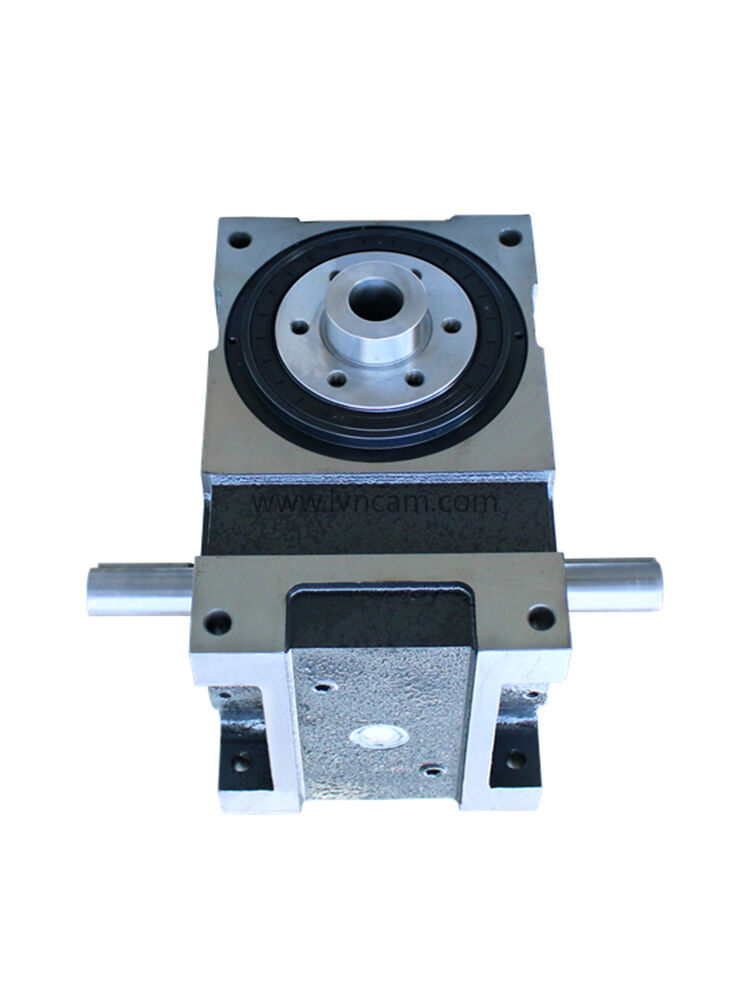Industry Encyclopedia
History and Importance of Camshafts
2023-08-26
In this article, we will introduce readers to the history and importance of camshafts.
First, we will review the historical background of camshafts. The origin of camshafts as a mechanical device can be traced back to ancient civilizations. The earliest camshafts were used by ancient Egyptian and Greek engineers, in pans and some musical instruments, to produce specific sounds and tones. With the advent of the Industrial Revolution, the application range of camshafts gradually expanded and became an indispensable component in many mechanical devices and engines.
Next, we will explore the importance of camshafts. Camshafts play a key role in various industries. In the automotive industry, the engine's camshaft controls the in and out of the valves to achieve combustion and power output. The design and manufacture of the camshaft directly affects the performance and fuel efficiency of the engine. In addition to the automotive industry, camshafts are also widely used in the fields of shipbuilding, aviation, energy, and mechanical industries.
The development of camshafts is also closely related to scientific and technological progress. With the continuous innovation of materials science, manufacturing technology and electronic control systems, the design and manufacture of camshafts have been greatly improved. Advanced materials and processing technology make camshafts more durable and able to withstand high speed and high temperature environments. The development of electronics and control systems enables camshafts to more accurately control the operation of the engine valves, improving the performance and fuel efficiency of the car.
Through this article, readers will learn about the historical origins of camshafts and their importance in various fields. This will provide a foundation for the following chapters, allowing readers to have a more comprehensive understanding of the exploration of camshafts .
related articles
- 2024 Dragon Boat Festival Holiday Notice
- LN125R roller cam CNC turntable servo turntable real shot
- 180DT-4-270R LVNCAM cam divider real shot
- I wish that spring will be peaceful and prosperous, and that people on earth and in heaven will be safe and sound.
- 2024 Qingming Festival Holiday Notice
- Shandong Luning Precision Machinery Co., Ltd. wishes everyone a happy Lantern Festival.
- 110DT-8-270R-T30 cam divider input shaft extension motor plate
- Spring Festival Holiday Notice-Shandong Luning Precision Machinery Co., Ltd.
- Why are cam dividers so popular in production?
- What should we pay attention to when cleaning and maintaining the cam divider?
- Domestic brand cam dividers: good quality, low price and can meet high requirements
- LN170-36-24S 170 four-axis CNC rotary table four parallel use case
- L80DT-8-LN003 Customer Selection Case
- L60DF-6-LN002 flange type cam divider six positions
- L140DT-6-LN001 Shandong Luning Platform Desktop Intermittent Cam Divider Six-station Large Hollow


